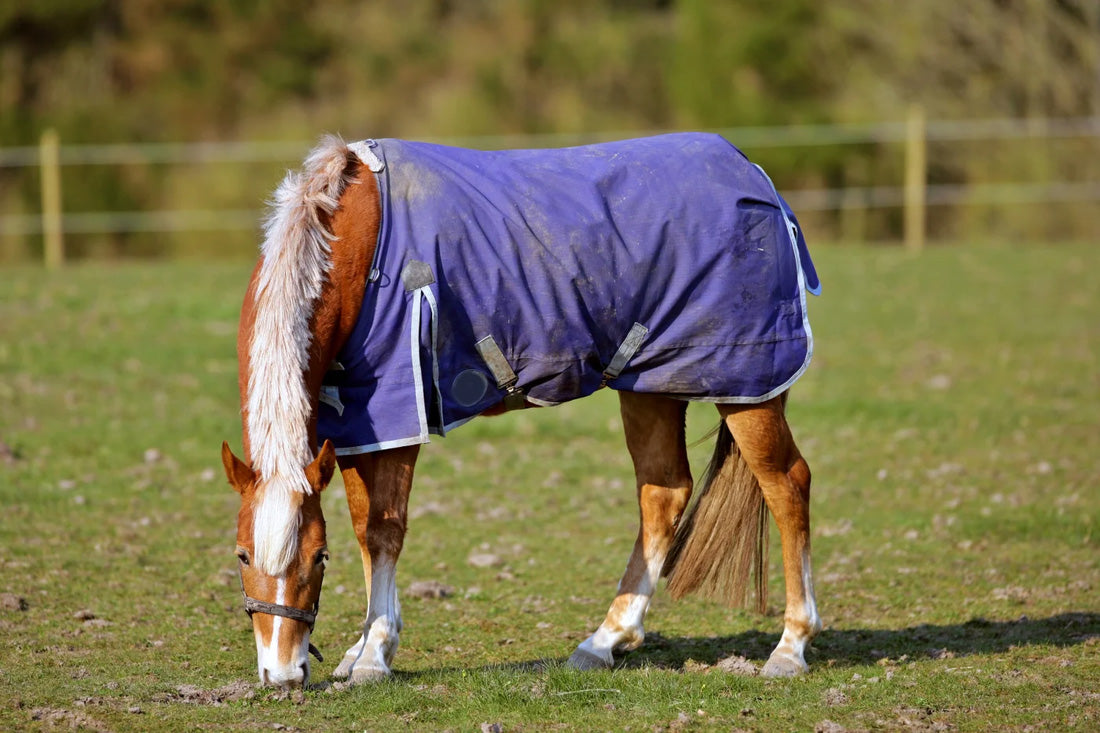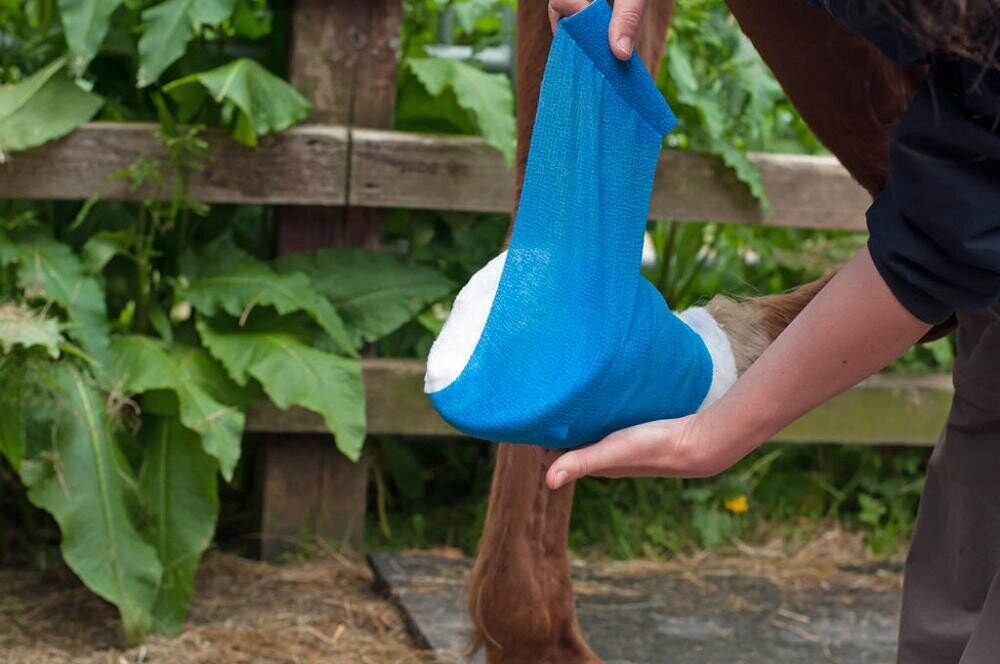
How to Ride a Horse: Essential Tips for Enthusiasts?
Share
Riding a horse can be a rewarding experience, bringing both joy and a deep connection between you and your equine friend. Understanding how to ride a horse involves knowing more than just the mechanics; it's about fostering a relationship with your horse built on trust, communication, and respect. This article delves into the steps, tips, and insights that every aspiring rider should know.
As a health-conscious pet owner, it's essential to recognize that riding is not only about the physical activity but also about the mental well-being of both you and your horse. With proper training, care, and understanding, riding can promote fitness and a fulfilling outdoor lifestyle.

Understanding Horse Behavior
Before you mount a horse, it's crucial to understand their behavior. Horses are prey animals, and their instincts often shape their responses. Observing their body language can help you gauge their mood. For example, a relaxed horse will have its ears forward, while pinned ears can indicate discomfort or agitation. By respecting these signals, you can build a positive rapport.
Focusing on Rider Safety
For health-conscious pet owners, safety should always be a priority. Here are some essential safety tips:
- Wear Proper Gear: Always use a riding helmet, long pants, and appropriate footwear.
- Be Aware of Surroundings: Ensure the riding area is safe, free of hazards, and where the horse feels comfortable.
- Get Training: Consider taking lessons from a qualified instructor to learn proper techniques and safety measures.
Preparing for Your First Ride
Now that you have an understanding of horse behavior and safety, let's look at how to prepare for riding. Preparing mentally and physically is vital for a smooth riding experience.
Choosing the Right Horse
Like choosing a pet, selecting the right horse can significantly impact your riding journey. Consider your riding goals, experience level, and the horse's temperament. A calm, well-trained horse is ideal for beginners.
Grooming and Tack
Before riding, grooming your horse not only cleans them but also allows you to check for any injuries or discomfort. Properly tacking your horse is equally essential. Heres a simple guide:
- Start with a clean saddle pad.
- Place the saddle on the pad, and ensure its centered.
- Secure the girth and check the fit.
Mounting Techniques
Once prepared, its time to mount your horse! Heres a simple process to follow:
- Approach Calmly: Move towards the horse's shoulder so they can see you.
- Use a Mounting Block: Its easier and safer for both you and the horse.
- Short Rein: Hold the reins tightly in your left hand while using your right hand to swing your leg over.
Body Position and Controls
Your body position is critical when riding. Keep a straight back, shoulders relaxed, and heels down. Hold the reins gently, giving clear signals to your horse. Understanding how to use your legs for cues is equally important; squeeze to encourage movement and apply pressure to slow down.
Basic Riding Skills
Mastering basic skills is fundamental before advancing. Here are the key moves to focus on:
- Walking: Begin at a steady pace, focusing on balance and control.
- Trotting: Use your seat and legs rhythmically to maintain an even trot.
- Stopping: Use a combination of reins and your body to signal your horse to stop.
Post-Ride Care
After your ride, caring for your horse is essential. Ensure they cool down properly, check for any signs of discomfort, and give them fresh water and food. Regular grooming post-ride maintains trust and bond.
Health Benefits of Horse Riding
For health-conscious pet owners, horse riding offers numerous benefits:
- Physical Fitness: Enhancements in strength, coordination, and flexibility.
- Mental Well-Being: Riding can alleviate stress and enhance mood.
- Social Interaction: Riding can foster community and friendships with other horse lovers.
Resources and Further Reading
For those who wish to delve deeper into equestrian care, you can check out hoof abscesses or learn about blanketing horses. These resources offer valuable insights.

FAQs
1. What type of horse is best for beginners?
A beginner should look for a calm, gentle breed with experience in riding, such as a Quarter Horse or a Morgan.
2. Do I need insurance for riding?
Its advisable to have insurance that covers equestrian activities, as this can protect you and your investments.
3. How often should I ride?
Consistency is key! Aim for at least 2-3 times a week to build skills and maintain the horse's physical health.
As an Amazon Associate, I earn from qualifying purchases.
